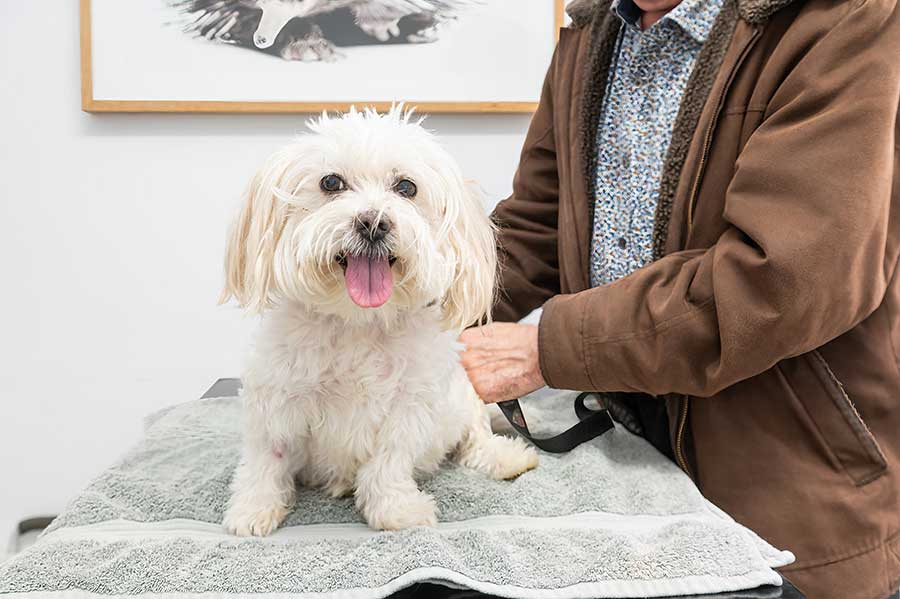At Sandringham Veterinary Hospital, we often see dogs struggling with luxating patella, a condition where the kneecap (patella) slips out of place. This can cause lameness, discomfort, and difficulty walking. In moderate to severe cases, patella surgery is required to restore normal movement and prevent long-term joint damage.
What Is Patellar Luxation?
Patellar luxation occurs when the kneecap dislocates from its normal position in the groove of the femur. It can be:
- Medial luxation – kneecap moves inward (common in small breeds).
- Lateral luxation – kneecap moves outward (more common in large breeds).
- Intermittent or permanent – some dogs experience occasional slipping, while others have a permanently displaced patella.
Over time, patellar luxation can lead to:
- Lameness and skipping gait
- Pain and discomfort
- Arthritis and joint wear
When Does a Dog Need Patella Surgery?
Not all cases require surgery. Mild cases may be managed with physiotherapy and weight control, but surgery is recommended when:
- The patella is frequently dislocating.
- Your dog has persistent lameness or pain.
- There’s joint damage or arthritis.
- Conservative treatments are not effective.
Types of Patella Surgery
Patella surgery aims to stabilize the kneecap and prevent it from slipping out of place. The most common techniques include:
Trochleoplasty (Deepening the Groove)
- The groove where the patella sits is shallow in some dogs, making it prone to dislocation.
- This surgery deepens the groove so the patella stays in place.
Tibial Tuberosity Transposition (TTT)
- In some cases, the patella is pulled out of alignment due to the positioning of the tibia.
- This surgery realigns the tibia to keep the kneecap in its correct position.
Soft Tissue Reconstruction
- The ligaments and tissues around the patella may be tightened or released to improve stability.
A combination of these techniques may be used to ensure long-term success.
Recovery After Patella Surgery
- First 2 Weeks: Strict rest, pain management, and controlled movement.
- Weeks 2-6: Gradual leash walks and rehabilitation exercises.
- After 8-12 Weeks: Most dogs return to normal activity with a stronger, more stable knee.
Schedule a Consultation
If your dog is experiencing knee issues, our experienced team at Sandringham Veterinary Hospital can help. We provide expert surgical care and post-op support to ensure the best recovery possible.
Call us today to book an appointment!



